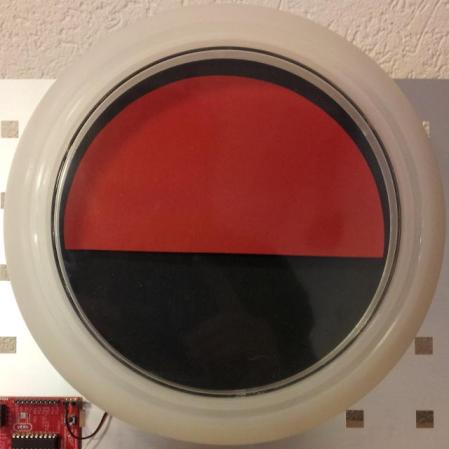
Now that you can actually buy things with bitcoins, it’s become a playground for modern malware authors. [Eric] recently lost about 5 BTC because of some malware he installed and decided to do something about it. He came up with BitcoinVigil, a web service that constantly looks at bitcoin honeypots and alerts you when bitcoins are surreptitiously removed.
The idea behind BitcoinVigil is to set up a Bitcoin wallet with a small amount of coins in it – only about $10 USD worth. When modern, Bitcoin-seeking malware is run on a computer, it looks for this ‘moneypot’ and sends an email out notifying the owner of the coins to stolen money.
[Eric] was at a LAN party a few weeks ago and ‘borrowed’ a friend’s copy of Starcraft 1. Just a few seconds after installing it, he received an alert notifying him about a few stolen bitcoins. This time [Eric] only lost a few microBTC, but better than the thousands of USD he lost before.
















